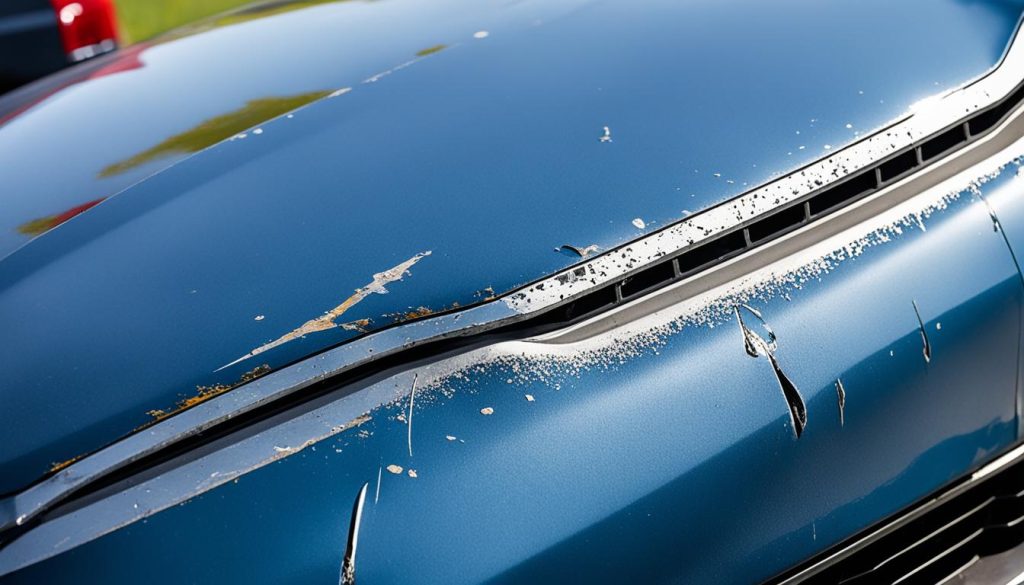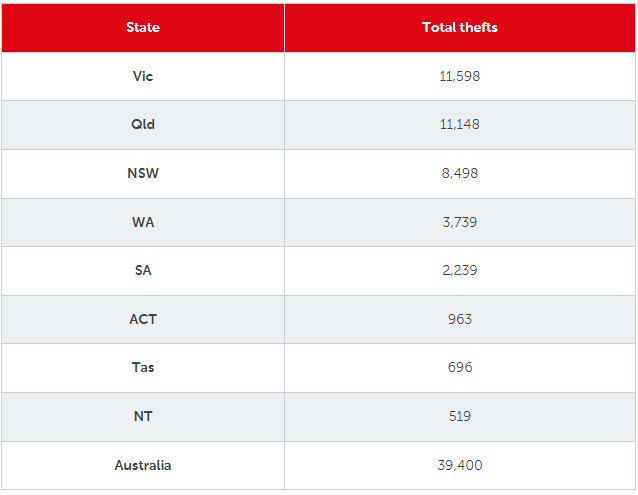Pinpointing the reason for a crank but no-start, extended cranking, rough idle or misfire symptoms can be a challenge that can consume a lot of diagnostic time to resolve the complaint. Often the Malfunction Indicator Light (MIL) will be illuminated and a PO300 random misfire code may be stored in memory. If you are lucky, cylinder specific codes will be present ranging from PO301, PO302, PO303, PO304, PO305, PO306, PO307 and PO308. Cylinder specific codes are more favorable, as this helps narrow the search to a given cylinder. One thing for certain, we must be accurate in our diagnosis as a simple procedure such as replacing a spark plug or ignition coil can be labor intensive, as some applications require removing the intake manifold or fuel injection plenum just to gain access to the components. When one of these symptoms occurs, many technicians focus on an ignition or fuel injection related problem as the cause of the performance deficiency. While these components are likely candidates, little attention may be given to the actual cause, which could be carbon or fuel related issues, especially if the application is equipped with Gasoline Direct Injection (GDI).
These conditions are often the result of a build-up of carbon on the intake valves and tops of the pistons, which can directly affect the compression. Fuel oxidation and volatility are often the cause of the symptoms. Testing for these conditions is not normally available for field testing and is limited to laboratory testing only. If a fuel related condition is suspected, changing to a high-quality Top Tier Detergent fuel is recommended, plus regular oil changes. For an up-to-date list of fuel suppliers that meet Top Tier Detergent Gasoline standards, refer to the following website: www.toptiergas.com. The Top Tier fuels are normally clearly marked on the gas pumps, implying the fuel meets Top Tier Detergent standards. Eight automotive companies including GM, Fiat Chrysler Automobiles, BMW, Honda, Toyota, VW, Audi and Mercedes-Benz worked together to develop these stringent gasoline standards. Do not confuse Top Tier fuel with higher octane fuels commonly sold at fuel outlets. It’s all about detergent levels, not octane ratings.
GASOLINE DIRECT INJECTION
With Gasoline Direct Injection, fuel is injected directly into the combustion chambers under high pressure through metered orifices in the injectors, producing a cone shaped pattern. With this injection arrangement, fuel never sprays on the intake valves like that of a port type injection system. This injection arrangement can promote the formation of deposits due to the absence of the fuel wash, which includes cleansing detergents. While detergents and chemicals added to the fuel tank can help clean the combustion chambers, they offer no cleansing benefit to the intake valves, as only air passes across the valves.
The crankcase is purged via a positive crankcase ventilation valve (PCV) and the vapors are routed through the intake manifold and intake valves where they are consumed in the combustion process. This purging process subjects the valves to oil vapors, which get baked onto the valves. Oil seepage past the intake valve guides and seals contributes to the same. High mileage engines with greater wear promote a faster accumulation of these deposits. Exhaust gas recirculation (EGR) is another source of contamination. Unlike a port fuel injection (PFI) system, the GDI system does not provide fuel washing of the intake valves. Once formed, these deposits can create hard starts, misfiring, surging, stumbling and random misfire codes. The deposits can create turbulence in the airflow, thereby restricting airflow to the cylinders.
FUEL OXIDATION
While a lot of focus is placed on carbon build-up on the intake valves and in the combustion chambers, another concern is fuel oxidation. This condition occurs when a reaction between hydrocarbons and oxygen creates compounds that affect the composition of the fuel, forming a gum and varnish like substance that can restrict valve movement. This substance is especially a problem on low mileage engines with tight tolerances. The condition is more pronounced once the engine cools down and the residue solidifies forming the sticky substance. This condition can normally be determined via a compression test. Fuel that has been in storage is highly susceptible to this contamination. To prevent this condition and carbon buildup, vehicle manufacturers recommend a Top Tier rated fuel, which contains detergent levels 2-3 times greater than the minimum standards set by the EPA and the Canadian General Standards Board.
IDENTIFYING VALVE DEPOSITS
Examining an engine for excessive intake valve deposits can be labor intensive, as it may be necessary to remove the intake manifold or cylinder heads. A bore scope can provide a good visual to determine the presence of any carbon build-up. However, to gain access to a spark plug port or intake port for that visual may require removing the intake manifold, which is labor intensive. Read on for a better method to control carbon build-up.
SYSTEM CLEAN-UP
Clean-up procedures vary from one vehicle manufacturer to another. Some recommend removing the intake manifold for cleaning with the use of chemicals, and some may recommend blasting the deposits with walnut shells. Others may recommend removing the cylinder heads and disassembling the valves for cleaning with wire brushes. There is a better way to clean the system and it is less invasive. Instead of investing many labor hours in identifying intake valve contamination, we recommend a clean-up of the intake system. This should be the first step in restoring engine performance. Ask your Mighty Rep about his complete line of intake manifold and valve cleaning chemicals. They are user friendly and do an excellent job of cleaning the system.
ANNUAL PREVENTIVE MAINTENANCE
Consider an annual or every 15K miles carbon clean-up as a preventive measure to control the carbon deposits. This service can prevent the contamination from getting to a level where the valves are totally encrusted. Minimizing the formation of these deposits before they become a major issue is most important. Cleaning an engine with heavy deposits can result in large fragments breaking loose, resulting in piston and cylinder wall damage. Those same fragments can damage the oxygen sensors and the catalytic converter. The cleaning process is non-invasive and only requires special chemicals that are introduced into the intake manifold downstream of the mass airflow sensor. Ask your Mighty Rep for a demonstration. Performing an annual or every 15K mile clean-up can prevent some major costly repairs.
TROUBLESHOOTING NOISES
Complaints of clicking or ticking noises are common on vehicles equipped with Gasoline Direct Injection. Be prepared to explain to the customer that the system operates at very high fuel pressures. The fuel injectors produce a rapid clicking or ticking sound that can be heard from the engine compartment. The noises emitted are more evident when standing outside the vehicle with the hood raised. The clicking noise is more pronounced during idle speed and a cold start. Once the engine reaches the normal operating temperature the noise level lowers, but it is still evident. A rapid ticking noise emanates from the fuel pump located on the rear of the cylinder head on a GM application. The noise results during the build-up of high pressure and will continue at a rate of one tick per second during idle, once the engine reaches normal operating temperature. The noise is often misdiagnosed as a valve lifter related issue. These noises are a normal characteristic for this injection system.
Another common complaint is long crank times when compared to engines equipped with port fuel injection. This is due to the mechanical fuel pump having to build up the required pressure before the first injection event occurs. The colder the ambient temperature, the longer the crank time. E85 fuel further extends the crank time. Often technicians spend a lot of diagnostic time searching for a mechanical or fuel related problem such as fuel drain-back as the culprit.
Summary: Getting the vehicle on a regular scheduled carbon clean-up maintenance service can save the customer a bundle of money in repair cost.
#TROUBLESHOOTING #PERFORMANCE #ISSUES #Chemicals #Provide #Cure










